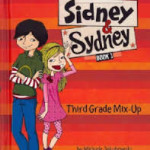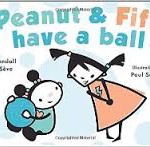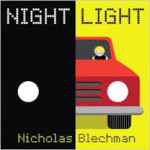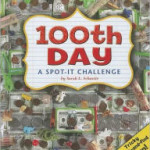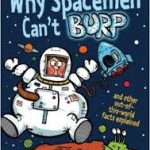An old carpenter enjoys the singing birds while walking through the park. He decides to build some bird houses. At first, the bird houses each have one hole in them which a pair of birds use. “2 birds times 2 houses… 2×2 = 4 2×2= 2+2 ” The carpenter continues making bird houses, the some of the birds lay 2 eggs while others lay 3 eggs. “2×3=6 2×3=2+2+2 … 3×2=6 3×2=3+3” 2 eggs in 3 house and 3 eggs in 2 houses Soon the carpenter is building bird houses with two holes, then three holes and the multiplication and addition goes on and on in an entertaining fashion. The old carpenter has unwittingly created his own aviary.
The art work is very appealing and the story line is realistic. Illustrator Ju-kyoung Kim has made each bird house unique with many different species of birds coming to inhabit the houses. The facial expressions on the old carpenter convey pride and happiness in what he has accomplished.
The math concept is well represented within the story without being overpowering. There are six pages following the story with additional practice, two of which are especially geared for adults to use while working with a child learning multiplication/addition.

